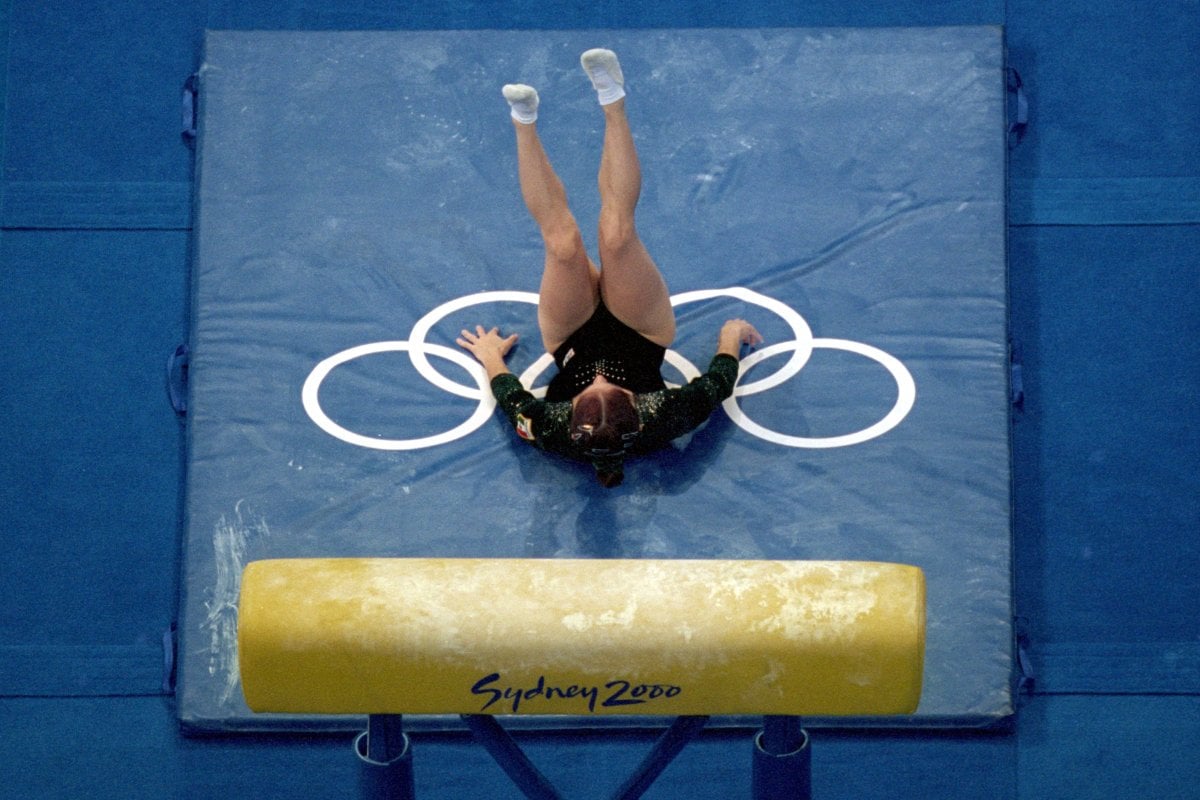
The Sydney Olympics put Australia front and centre on the world stage. Audiences from across the globe fell in love with Cathy Freeman after her 400m sprint, and Nikki Webster in the Opening Ceremony.
But there's one particular moment from the Games in 2000 that has marred its reputation...
Russia's Svetlana Khorkina was a Gold Medal favourite in the gymnastics.
She gave a strong floor performance routine, and the crowd was expecting her to win big. Then she went for the vault, and everything changed. She launched herself into the air, off the vault and landed badly.
American gymnast Elise Ray was also expected to perform well.
But after running towards and then dismounting off the vault, she fell on her back and crashed on the mat. She almost landed on her neck, which could have caused horrific injuries.
"I thought it was nerves, I thought my steps were off... something that I was doing. I blamed myself," she later said.
@ian.gunther The biggest mistake at the Olympics 🤯 #olympics #gymnastics #gymnast #sports #sport #vault #didyouknow #olympic ♬ Intro - The xx
Overall, 17 gymnasts attempted the vault, only to all have similar results — fumbling, falling, and even injuring themselves. Sports commentators at the time were scratching their heads, wondering why these Olympic greats were performing at such a low level.
But it hadn't been nerves, like Elise Ray had assumed. It was the vault.
It turns out the vault had been set two inches, or five centimetres, too low. So instead of 125cm, it was set at 120cm.
"One inch is a really big difference," Elise Ray reflected to podcast Blind Landing. "It completely plays a factor in your run and your hurdle and your entry."
